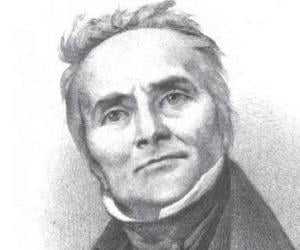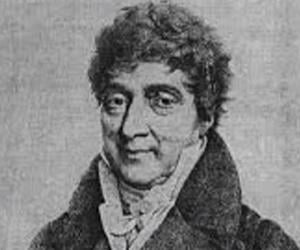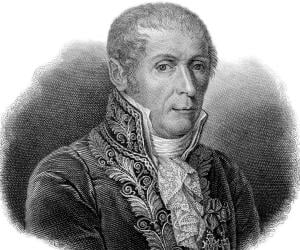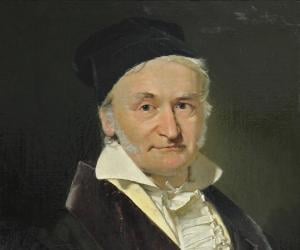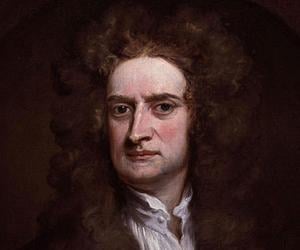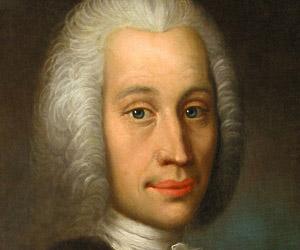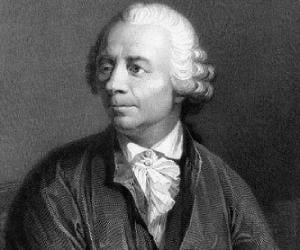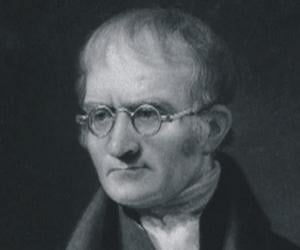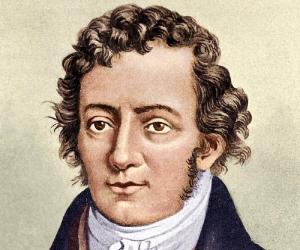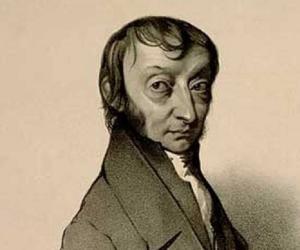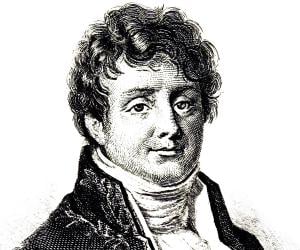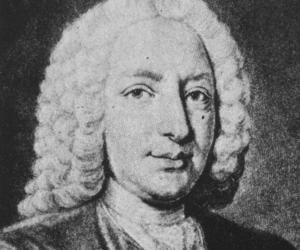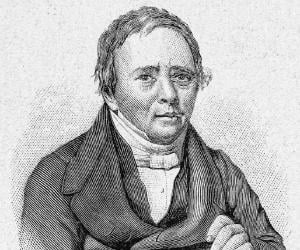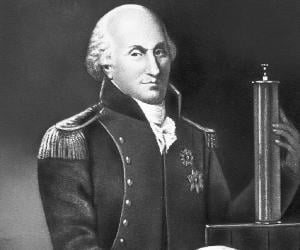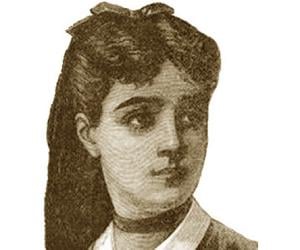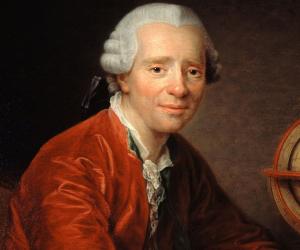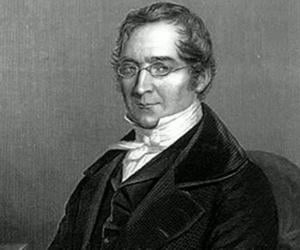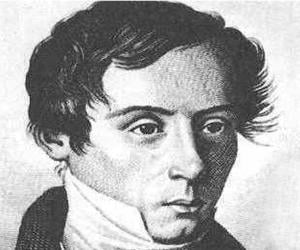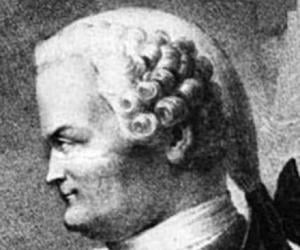German mathematician and physicist Carl Friedrich Gauss is remembered for his work in math and science. Known as the Princeps mathematicorum, he laid down tenets such as the Gauss's Law. He had exhibited his talent since an early age and had completed writing Disquisitiones Arithmeticae by 21.
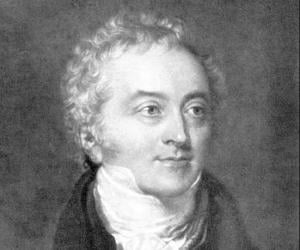
Often referred as The Last Man Who Knew Everything, British polymath Thomas Young made significant contributions to a wide range of subjects like vision, light, energy, musical harmony etc. Especially famous for Wave Theory of Light, he also made significant contribution in deciphering of Egyptian hieroglyphs. Young-Helmholtz theory, Young temperament and Young's Modulus carry his legacy to these days.
One of the most influential and popular scientists of all time, Sir Isaac Newton played a prominent role in our understanding of natural phenomena. He formulated the law of universal gravitation and laws of motion. He also developed the Newtonian telescope among other devices. Apart from science, Newton was also intrigued by religion, occult, and alchemy.
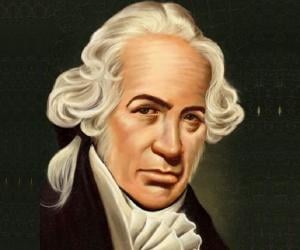
Daniel Gabriel Fahrenheit was a scientific instrument maker, inventor, and physicist. One of the most prominent and influential personalities of the Dutch Golden Age of science and technology, Fahrenheit is credited with many important inventions, including the mercury-in-glass thermometer and Fahrenheit scale. His inventions helped shape the history of thermometry.
Leonhard Euler was a Swiss physicist, mathematician, logician, geographer, astronomer, and engineer. He is credited with making influential and important mathematical discoveries, such as graph theory and infinitesimal calculus. Widely regarded as one of the greatest and most prolific mathematicians of all time, Leonhard Euler also made pioneering contributions to analytic number theory and topology.
John Dalton was an English chemist, physicist, and meteorologist most famous for introducing the atomic theory into chemistry. He also contributed a lot to the study of color blindness, sometimes referred to as Daltonism in his honor. He was the first scientist to refer to the smallest particle of matter as an “atom.” He was a Quaker and lived modestly.
Andre Marie Ampere was a French physicist and mathematician. He is best known for being one of the founders of the science of classical electromagnetism. He was a professor at the École Polytechnique and the Collège de France and a member of the French Academy of Sciences. The base SI unit of electric current, the ampere, is named after him.
Son of a reputed senator and lawyer in Italy, Amedeo Avogadro was himself a qualified lawyer. However, he later delved into research as a mathematical physicist and is best remembered for laying down the Avogadro’s law, contributing to the molecular theory of gases. The Avogadro constant is named after him.
Joseph Fourier was a French physicist and mathematician best remembered for commencing the investigation of the Fourier series, which is used widely to solve problems of heat transfer and vibrations. Fourier's law of conduction and Fourier transform are named in his honor. Fourier is also said to have discovered the greenhouse effect.
Daniel Bernoulli was a Swiss physicist and mathematician. Born into the popular Bernoulli family of mathematicians, Daniel Bernoulli is renowned for his applications of mathematical equations to mechanics. He is also remembered for his pioneering work in statistics and probability. In 2002, he was inducted into the International Air & Space Hall of Fame.
Hans Christian Ørsted was a Danish chemist and physicist. He was the first person to discover that electric currents can be used to create magnetic fields. His discovery was the first relationship found between magnetism and electricity. Oersted, the unit of the auxiliary magnetic field H, is named in his honor.
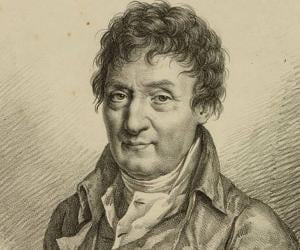
Best known for developing the Charles’s law, which explains the expansion of gases when heated, Jacques Charles was a prominent French physicist. He was the first to ascend in a hydrogen-filled gas balloon, thus pioneering hot-air balloon flight. The Académie des Sciences member later became a professor of physics.
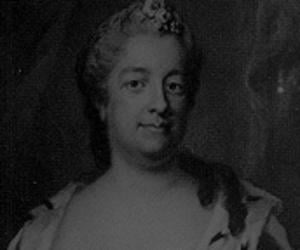
Eva Ekeblad was a Swedish countess, agronomist, salon hostess, and scientist. In 1746, she discovered a method to make flour and alcohol from potatoes which earned her popularity. Her discovery made her the first female inductee of the Royal Swedish Academy of Sciences in 1748.
French physicist Charles Augustin De Coulomb, remembered for laying down the Coulomb’s law, had previously been a military engineer in the West Indies. At the onset of the French Revolution, Coulomb, struggling with failing health, devoted himself to research. The unit of electric charge, coulomb, was named after him.
French mathematician Sophie Germain had used the pseudonym M. Le Blanc to get hold of notes from the École Polytechnique, as being a woman, she was not allowed to attend the institute. She later contributed to the number theory and also pioneered the elasticity theory. She died of breast cancer.
Jean le Rond d'Alembert was a French mathematician, physicist, philosopher, and music theorist. He is credited with coming up with d'Alembert's formula, a solution to the one-dimensional wave equation, which is named after him. His life and work inspired Andrew Crumey's 1996 novel, D'Alembert's Principle.
Known for his pathbreaking Gay-Lussac's Law, French chemist-physicist Joseph Louis Gay-Lussac was also the first, along with his colleague Alexander von Humboldt, to discover that water is composed of one part of oxygen and two parts of hydrogen. His name is one of the 72 that adorn the Eiffel Tower.
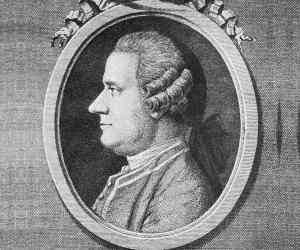
The man who discovered photosynthesis, Jan Ingenhousz was born in the Netherlands but later settled in England. He is also remembered for his pioneering research on thermal conduction and the prevention of smallpox and even successfully inoculated the Habsburg family against smallpox. He was also Maria Theresa’s personal doctor.
Augustin-Jean Fresne, best remembered for his pioneering research on the wave theory of light, was a sickly child and was mostly homeschooled in his early days. The French physicist was a civil engineer, too. Unfortunately, most of his scientific work failed to receive public attention during his lifetime.
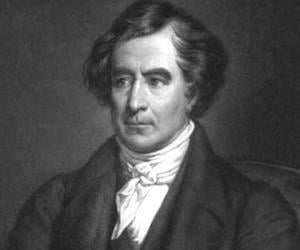
French physicist and mathematician François Arago discovered rotatory magnetism, named Arago's rotations. He is also remembered for his research on the wave theory of light and for the reforms he introduced as the French minister of war and the navy. The Eiffel Tower has his name inscribed on it.
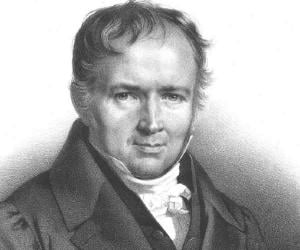
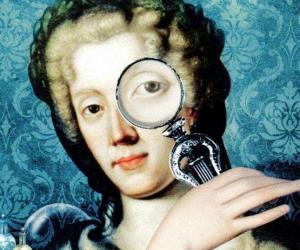
Known as Bolognese Minerva, Laura Bassi became the first woman physics professor to have taught at a European university, when she started teaching at the University of Bologna. A child prodigy, she excelled in Latin and math at age 5. She was also the first lady with a doctorate in science.
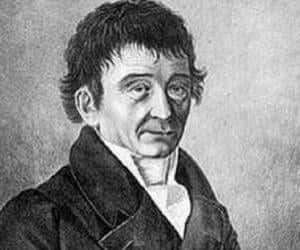
Ernst Chladni was a German musician and physicist. He is often referred to as the father of acoustics for his research on vibrating plates; he came up with a method to observe and study the various modes of vibration. Ernst Chladni is also considered the father of meteoritics for his significant contribution to the study of meteorites.
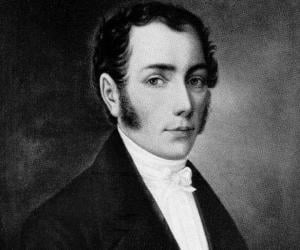
Joseph von Fraunhofer was a Bavarian optical lens manufacturer and physicist. He is credited with developing diffraction grating and inventing the spectroscope. He is also credited with discovering the Fraunhofer lines, the dark absorption lines produced in the spectrum of the sun. The Fraunhofer Society, Europe's biggest Society for the Advancement of Applied Research, is named in his honor.
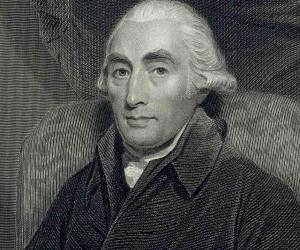
Joseph Black was an 18th-century Scottish physicist and chemist. He is remembered for his discoveries of magnesium, specific heat, latent heat, and carbon dioxide. He spent several years of his career as a professor of medicine and chemistry at the University of Edinburgh. In 1783, he became one of the founders of the Royal Society of Edinburgh.
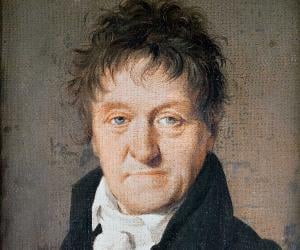
Lazare Carnot was a French physicist, mathematician, and politician. His role in the Napoleonic Wars and French Revolutionary Wars earned him the sobriquet Organizer of Victory. Carnot is credited with developing innovative defensive designs for forts, such as the Carnot wall which served as a defensive mechanism against infantry and artillery attack.
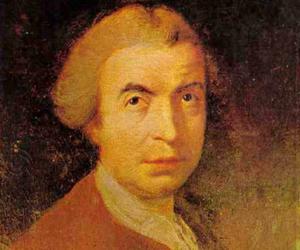
Italian astronomer and mathematician Roger Joseph Boscovich was one of the first European scientists to accept Newton’s gravitational theory. His contributions to astronomy include the application of geometry to compute the orbit of a planet and the equator of a rotating planet. He also laid the foundation of the atomic theory.

Johann Heinrich Lambert was a Swiss polymath whose contributions to the fields of physics, mathematics, map projections, astronomy, and philosophy are considered important by many scholars. He is credited with introducing hyperbolic functions into trigonometry. He is also credited with inventing a hygrometer, which is used to measure the quantity of water vapor in soil and air.
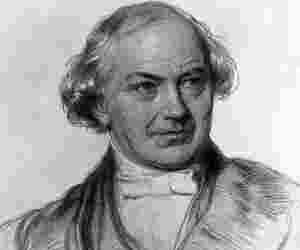
William Whewell was an English polymath, scientist, philosopher, theologian, and historian of science. He worked in a wide range of fields, publishing works in the disciplines of physics, mechanics, geology, economics, and astronomy. He also wrote poetry, sermons, and theological tracts. He is credited with coining the terms linguistics, physicist, consilience, scientist, catastrophism, and uniformitarianism.
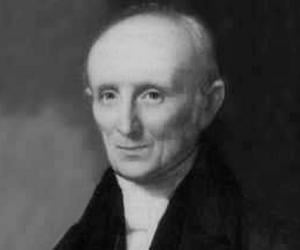
At 10, Nathaniel Bowditch was forced to quit studies due to poverty and started working, first at his father’s shop and then as a clerk in other shops. During his voyages in merchant ships, he discovered his love for math. He later redefined maritime navigation with his mathematical research.
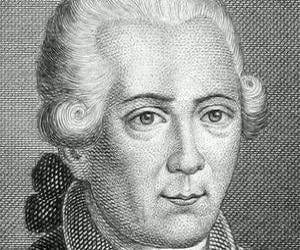
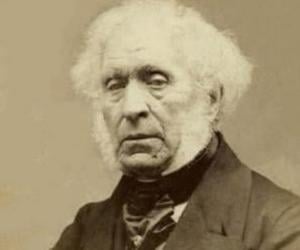
David Brewster was a British scientist, inventor, and author. He conducted many experiments in physical optics, especially concerned with the study of the polarization of light. Fellow scientist William Whewell dubbed him the "father of modern experimental optics." He was also a pioneer in photography and invented an improved stereoscope. He wrote numerous works of popular science as well.
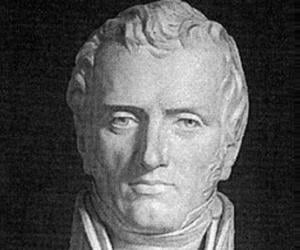
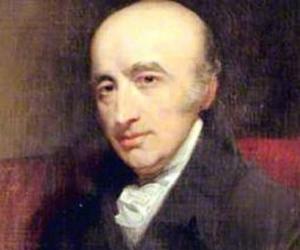
William Hyde Wollaston was a pioneer of powder metallurgy and the first to develop malleable platinum from its ore. He is also credited with the discoveries of palladium and rhodium. A Fellow of the Royal Society, he dictated his last Bakerian lecture, as he was too ill to deliver it.
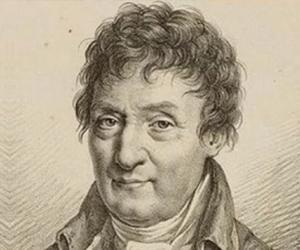
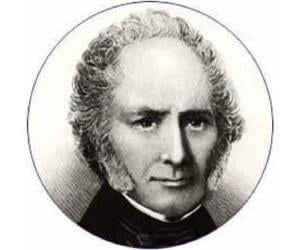
William Sturgeon was an English physicist and inventor. He invented the first practical English electric motor and made the first electromagnets. A self-taught genius, he became a lecturer at the East India Company's Military Seminary at Addiscombe, Surrey. Along with John Peter Gassiot and Charles Vincent Walker, he was instrumental in founding the London Electrical Society in 1837.
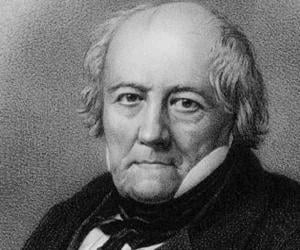
Jean-Baptiste Biot was a French physicist, mathematician, and astronomer. He was a co-discoverer of what became known as the Biot-Savart law of magnetostatics. He is also credited with establishing the reality of meteorites. He made major contributions to the fields of optics and magnetism as well. Cape Biot in eastern Greenland is named in his honor.
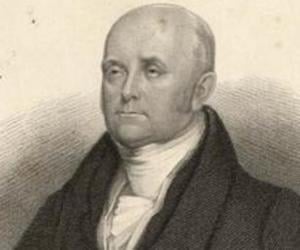
Known as the father of the refrigerator, American inventor, mechanical engineer and physicist Jacob Perkins made several useful mechanical inventions. He created improved nail machines and some of the best steel plates for engraving, invented a bathometer, became the first person in Britain to use a uniflow steam engine, and most notably built the world’s first working vapor-compression refrigeration system.
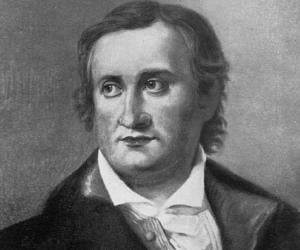
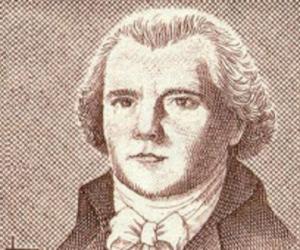
Johan Gadolin was a Finnish physicist, chemist, and mineralogist. He achieved popularity for his description of yttrium, the first rare-earth element. Johan Gadolin is also remembered for his service as a professor at the Royal Academy of Turku, where he became one of the first chemists to give laboratory exercises to students.
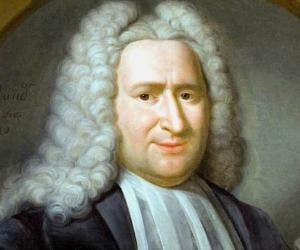
Dutch physicist and mathematician Pieter van Musschenbroek is remembered for introducing the principle of the Leyden jar. He also taught at several universities. Born to an instrument maker, he initially studied medicine but later also focused on philosophy. He made pioneering contributions to tribology.
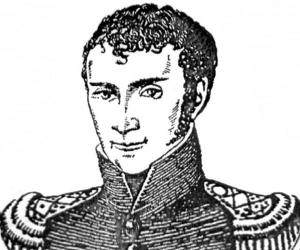
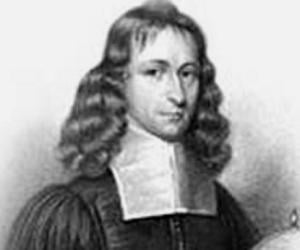
Francis Hauksbee was an 18th-century English scientist. He is remembered for his work on electricity and electrostatic repulsion. He began his career as a draper and may have run his own drapery. He eventually became Isaac Newton's lab assistant and began his scientific career. With time, he gained a reputation as a talented scientific instrument-maker.
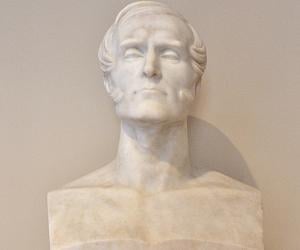
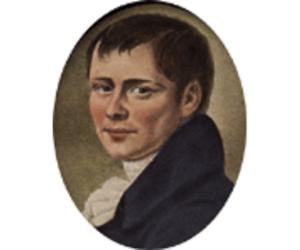
Ewald Georg von Kleist was an 18th-century German jurist and physicist. He studied jurisprudence at the University of Leipzig and the University of Leyden. He served as the dean of the cathedral at Kamień Pomorski in the Kingdom of Prussia for over two decades, after which he was appointed the president of the royal court of justice in Koszalin.
